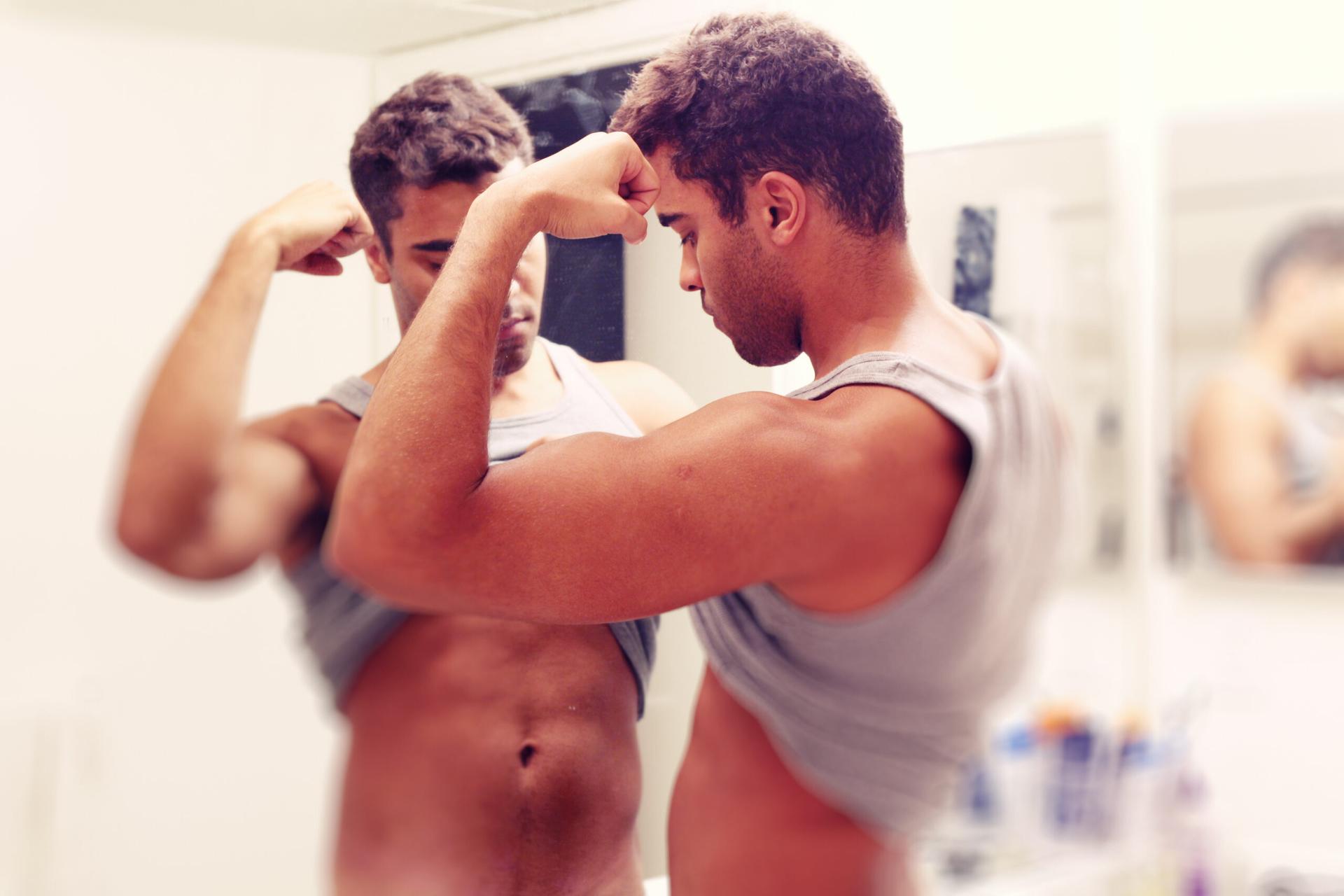Body dysmorphic disorder (BDD) is characterised by self-perceived flaws in one’s appearance that might be imagined or imperceptible to others1. BDD affects around one in 50 Australians2 and is equally prevalent in males and females3. Insight into the disorder is poor — 27-60% of people with BDD have delusional beliefs that their view of their appearance is accurate4, and covering up the perceived defect is common1.
These characteristics make the diagnosis of BDD difficult when it is not accompanied by common comorbid conditions like anxiety, low mood and hostility or unless specific questions are asked about BDD symptoms. The Body Dysmorphic Disorder Questionnaire is a brief four-question form that can be completed by individuals to screen for BDD.
Distinguishing BDD from someone’s normal concerns about their appearance is difficult. Only one in five men is unconcerned by his appearance, and two in five are dissatisfied by how they look5.
Often, people with BDD seek correction of the perceived flaw in their appearance. Around one in four to one in three men who seek cosmetic surgery have BDD, and most people with BDD have sought or received cosmetic treatments5. It’s important to recognise BDD in people seeking these treatments because such interventions are unlikely to satisfy their concerns6.
Awareness of the behavioural signs of BDD is important for recognition and, ultimately, diagnosis but a distinguishing characteristic is the impact of the appearance concerns. Preoccupation with appearance that causes significant distress or interferes with day-to-day function is fundamental to BDD. These impacts of BDD may be hidden or denied5 and may, therefore, not be obvious.
Concern that someone may have BDD should result in referral to a mental health specialist with expertise in diagnosing and treating the disorder. Successfully encouraging appropriate treatment is best achieved by focusing on the ability to reduce distress and improve day-to-day function, which is possible with cognitive behavioural therapy and antidepressant medicines5.











